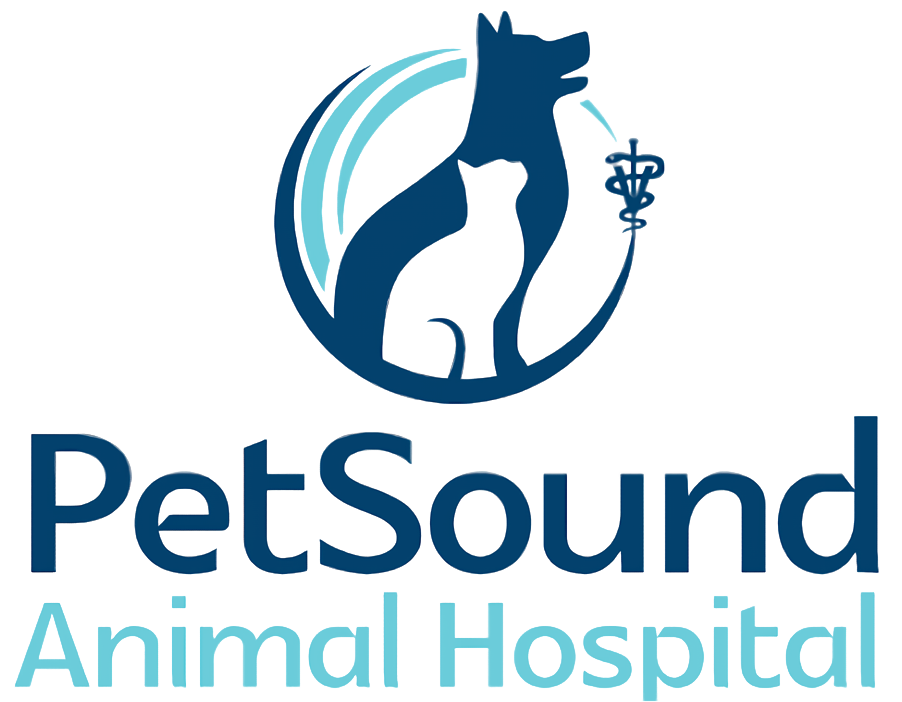Articles
-
Fading puppy syndrome describes puppies that decline in health and die within about two weeks of birth. Neonatal puppies are fragile and so there can be many causes of this syndrome including birth defects, inadequate care from the mother, poor health status of the mother and/or infectious diseases. As well as addressing a specific cause, treatment focuses on maintaining hydration and warmth while providing adequate nutrition. Environmental hygiene is extremely important.
-
A fecal Baermann is a special fecal test used to diagnose infection by parasites that pass larvae in stool instead of eggs. A small golf-ball sized sample of fresh stool is mixed with warm water to encourage larvae to separate from the fecal material to allow identification. The most common parasite diagnosed with a fecal Baermann is lungworm, which typically causes signs of coughing.
-
With all cancer management strategies, providing optimal nutrition for your dog is essential. The metabolic effects of cancer will persist after treatment but with your veterinarian’s guidance, you can adjust your dog’s nutrient profile and potentially avoid some of these negative side effects. Carbohydrates promote cancer cell growth, while cancer cells have a difficult time using fat as an energy source, so foods that are relatively high in fat and low in carbohydrate may benefit dogs with cancer. The effects of surgery, chemotherapy, and radiation therapy will be considered when your veterinarian advises a nutrient profile, formulation, quantity, and delivery method for your dog.
-
Once your dog reaches adulthood, his nutrient profile changes from when he was a puppy. Your veterinarian can help you determine what proportion of each nutrient is needed based on your dog’s lifestyle and current body condition. Avoid free-feeding and work on a meal schedule. Following these steps can help your dog lead a healthier life and avoid becoming overweight or obese.
-
To be classified as a fever of unknown origin (FUO), the body temperature must be above 103.5°F (39.7°C) for longer than a few days, with no obvious underlying cause based on history and physical examination. A fever is beneficial to the body, but if a fever remains above 106°F (41.1°C) for more than a few days, several consequences occur within the body and can be life threatening. If your pet has a fever, your veterinarian will perform a thorough physical examination, perform diagnostic blood tests, urine culture, and possibly other diagnostic tests. Antibiotics are often prescribed.
-
This handout discusses how to find reliable information for your pet on the internet. Recommendations are to always seek out trusted sources, such as your own veterinary clinic, veterinary schools, and those sites with content written by veterinarians. Try to avoid sites offering homemade cures, are heavily weighted with opinions, or offer prescription medications without requiring a veterinarian’s prescription.
-
Fine needle aspiration is a useful tool to collect samples for cytology and is often used to diagnose abnormal lumps on your pet's body as well as evaluation of fluid samples and tissue surfaces. It is relatively simple and inexpensive but can provide a lot of information. Depending on results, further tests may be indicated to best help your pet.
-
Hot spots are inflamed and often painful lesions that your dog may develop for a variety of reasons. Treatment is relatively simple and may include the use of topical or oral steroids, antihistamines, bandaging the area, and using an E-collar to prevent further licking or chewing. If hot spots recur, it is important to determine the underlying cause. Seasonal grooming, regular brushing, and bathing can help prevent hot spots from developing.
-
Follicular conjunctivitis is an eye condition that primarily affects young dogs, under 18 months of age. Follicular conjunctivitis is often caused by allergens, such as dust, grass, and weeds. Mild cases of follicular conjunctivitis do not require treatment. If your dog’s eye is uncomfortable, treatment may include saline rinses, topical steroids, and possible debridement.
-
Adverse food reactions in dogs are either caused by food allergy – an immune response to something ingested or food intolerance – a non-immunological response to something ingested. Signs of food intolerance are usually only digestive in nature. Food intolerance will generally occur on the initial exposure to the food or food additive in contrast to food allergy which requires repeated exposures to develop. Different causes of food intolerance include food poisoning, or inappropriate ingestion of an irritant, reaction to food additives, histamine reactions, lactose intolerance and dietary indiscretion such as eating fat or bones. A dietary history is important in diagnosing these conditions.

